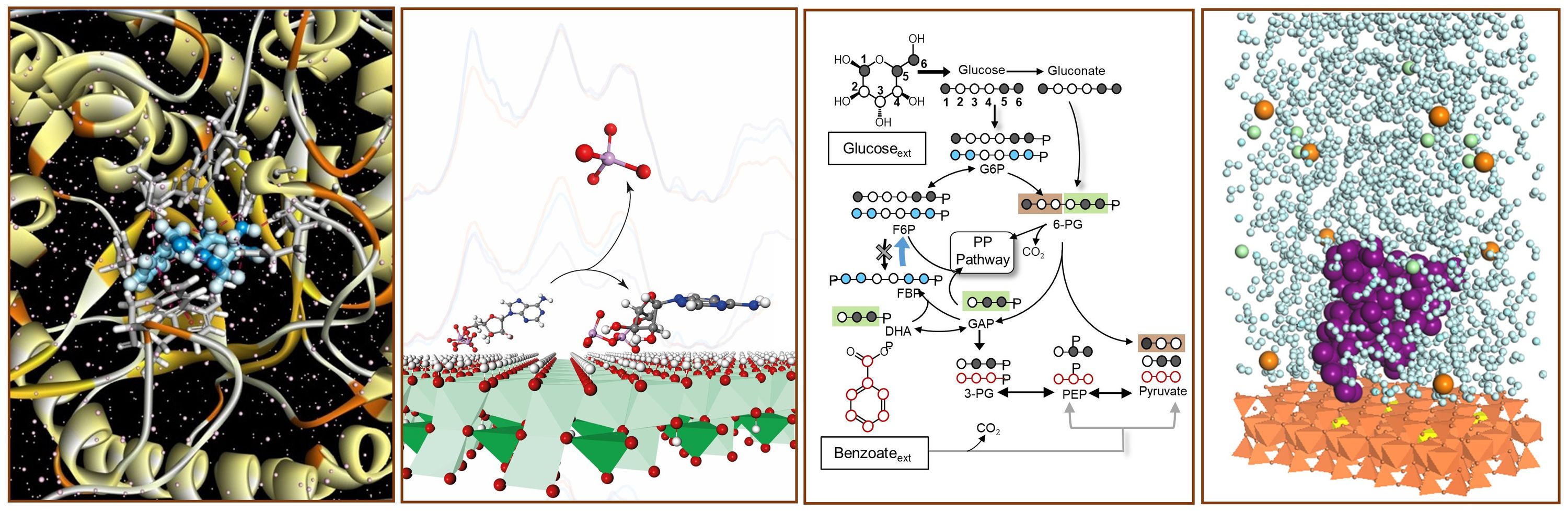
Link: www.nature.com/articles/s42...

Link: www.nature.com/articles/s42...

www.biorxiv.org/content/10.1...

www.biorxiv.org/content/10.1...
www.mccormick.northwestern.edu/news/article...

www.mccormick.northwestern.edu/news/article...
pubs.acs.org/doi/10.1021/...

pubs.acs.org/doi/10.1021/...
dailynorthwestern.com/2025/02/11/c...

dailynorthwestern.com/2025/02/11/c...


